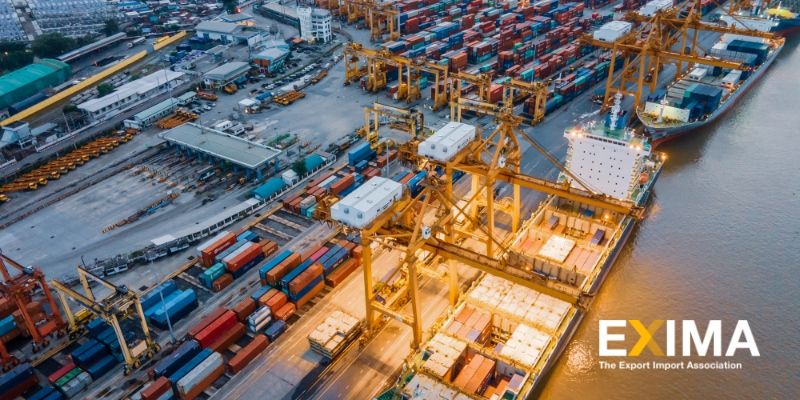In early 2022, as the supply chain was slowly recovering from the pandemic, the Suez Canal gridlock caused delays that impacted ship delivery schedules and global trade. This blockage was estimated to have resulted in a $400 million loss in international trade per hour.
Recently, the global supply chain has been disrupted again by port congestion caused by renewed COVID-19 lockdowns, a workforce boycott, and mass resignations in the maritime sector. With the help of leading maritime and logistics data providers, a global heat map created by CNBC showed major ports with enormous congestion.
Shipping and Congestion in the U.S. Ports
The heat map developed by Marine Traffic and Blume Global tracks all factors within the supply chain, such as factory capacity, vessel availability, container availability, trucking capacity, port productivity, vessel transit time, and rail capacity. In the U.S., the Port of Oakland and Los Angeles top the congestion list.
The Port of Oakland currently has a waiting time of six days for ships to unload and load, while berth time for import containers is about eleven days before transportation. Meanwhile, the Port of Los Angeles has the second longest wait time, as it takes twelve days for containers to leave the port and over five days to process vessels.
These ports are on the West Coast and have caused a shift in trade to the East Coast and Gulf ports, benefiting the Port of New York and New Jersey. However, the Port of New York is now experiencing congestion, while the Port of Savannah is on the brink of over-utilization.
Staff shortage because of a rise in coronavirus cases at the port, lockdown, labor disputes, and voluntary resignation by staff and drivers have all caused these delays.

How Lockdown Is Affecting Clearing and Forwarding in China’s Ports
The Shanghai port was captured in the heat map as one of the largest ports experiencing congestion because of long delays caused by trucking capacity and a lack of drivers due to newly imposed coronavirus lockdowns.
According to CNBC, Tesla had to reduce its vehicle production in Shanghai, and Toyota halted production in eight factories in Japan. At the same time, Volkswagen, Mazda, and General Motors scaled back production for the same reason – the lack of parts caused by the lockdown.
The Port of Ningbo in East China and Qingdao are also on the red list. Since the lockdown in Shanghai got extended again, the congestion caused by a lack of port container ships has also increased. Ocean terminals, warehouses, and trucking services, on the other hand, typically operate but at a lower efficiency due to staff shortages and a lack of drivers.
These congested ports play an important role in the global supply chain. As a result, stakeholders must evaluate supply chain issues, identify choke points, and develop solutions to improve the global supply chain.
Stay Tuned with EXIMA
Want to stay informed on international trade updates and learn how to do business across the globe? Join EXIMA today!









